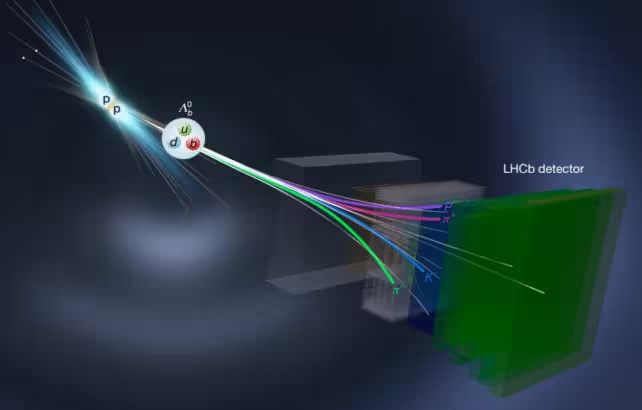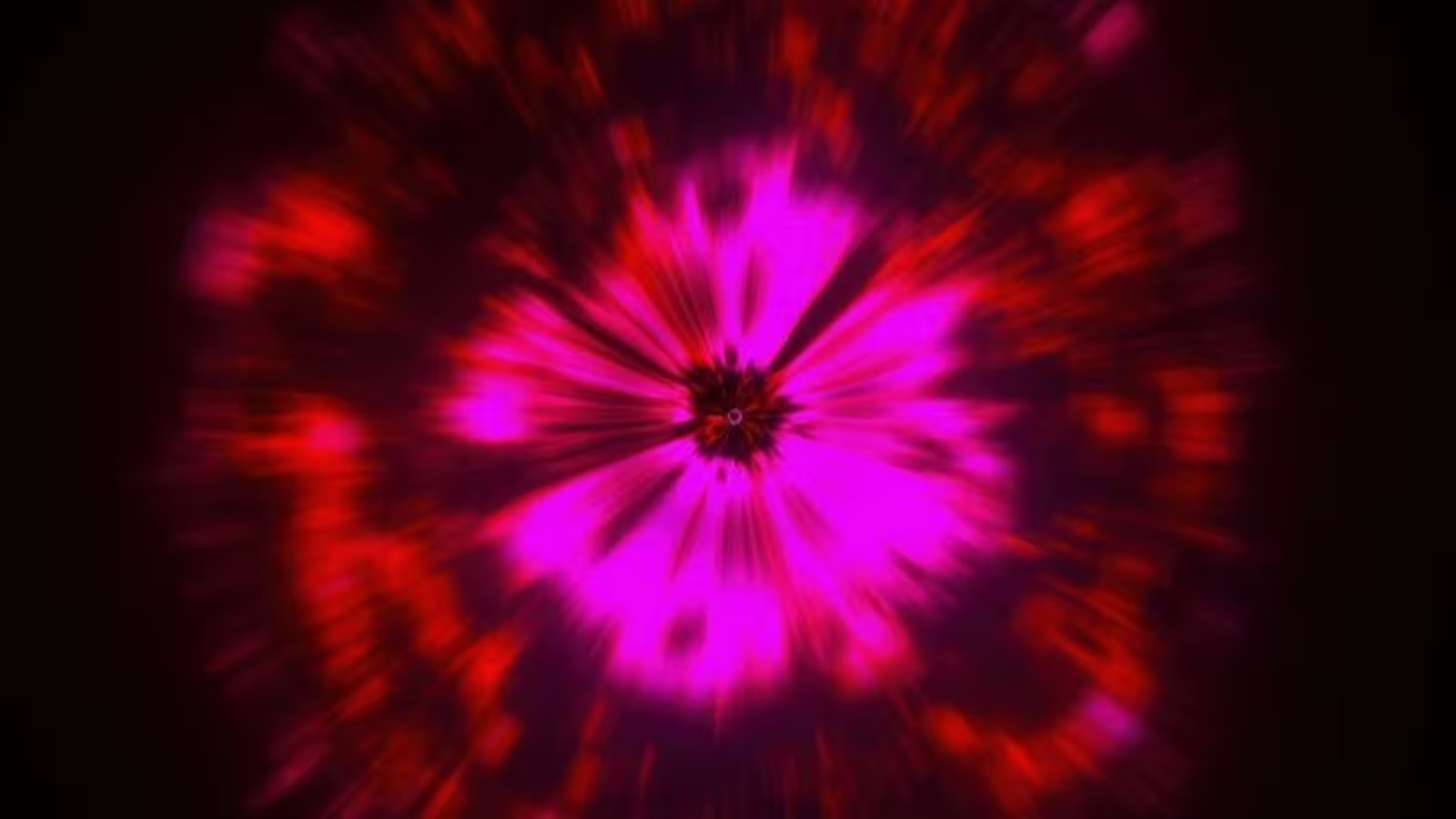5 Minutes
Introduction: Unraveling the Universe’s Fundamental Asymmetry
For decades, physicists have sought to answer one of the most profound questions in science: Why does the Universe exist mostly as we know it, rather than disappearing in a cataclysmic annihilation of matter and antimatter? Now, an important breakthrough at the European Organization for Nuclear Research (CERN) may offer new insights. Researchers at the Large Hadron Collider (LHC) have uncovered pivotal differences in the behavior of matter and antimatter baryons—a development that sharpens our understanding of the laws governing the cosmos and the origins of existence itself.
Scientific Context: The Puzzle of Matter and Antimatter
Antimatter, often mischaracterized in popular culture as something exotic or dangerous, is simply composed of subatomic particles that are mirror images of their matter counterparts, distinguished only by opposite electric charge. When matter and antimatter meet, they annihilate each other, releasing energy. After the Big Bang, theory predicts that equal quantities of matter and antimatter should have formed. If nature were perfectly symmetrical, this balance would have meant all particles and antiparticles obliterating each other, resulting in a virtually empty Universe.
Yet our Universe is filled with stars, planets, galaxies, and life—a clear indication that matter narrowly triumphed over antimatter. This puzzling imbalance, known as the matter–antimatter asymmetry, is a fundamental mystery in cosmology and particle physics. Scientists have long suspected that subtle differences in the laws of physics—specifically, in a phenomenon called charge-parity (CP) violation—could be responsible for tipping the cosmic scales toward matter.

Latest Experiments at the LHC: Detecting CP Violation in Baryons
CP violation occurs when the laws of physics treat matter and antimatter differently regarding charge and spatial orientation. Until recently, measurable CP violation was only observed in a specific class of particles known as mesons. However, theoretical models suggest CP violation must also exist in baryons—the family of particles, including protons and neutrons, that comprise most of the Universe's matter.
In a landmark study, CERN researchers analyzed approximately 80,000 particle decay events recorded by the LHC between 2011 and 2018, investigating a baryon called the lambda-beauty (Λb) and its antimatter counterpart. Their objective: to determine whether these particles decayed in identical, mirrored fashion, as would be expected if CP symmetry held true.
Strikingly, the team observed a 2.5 percent relative difference in the decay patterns of Λb and anti-Λb baryons—a significant sign of CP violation outside the meson sector. As noted by Dr. Xueting Yang, CERN physicist and lead author, “This evidence demonstrates that the subtle distinctions between matter and antimatter appear in a broader spectrum of particles, showing that the Universe’s fundamental laws distinguish between baryons and antibaryons.”
Statistical Robustness and Scientific Impact
The statistical significance of this result reached 5.2 sigma—a rigorous threshold in experimental physics indicating a likelihood of only one in ten million that the findings are due to random variation. This level of certainty is crucial for the global scientific community to regard the observation as genuine.
Theoretical Implications: Testing and Extending the Standard Model
The discovery holds profound implications for the foundations of particle physics. The Standard Model, the prevailing framework for understanding subatomic particles and their interactions, predicts some degree of CP violation, but not enough to explain the observed dominance of matter in the Universe. As Dr. Yang explains, “CP violation is essential for explaining why the Universe is matter-dominated. However, the observed amount predicted by the Standard Model is insufficient. This discrepancy strongly suggests that there must be new, as yet undiscovered, physical laws that contribute additional CP violation.”
Physicists have tested alternative ideas—for example, whether antimatter behaves differently in a gravitational field. Previous experiments at CERN demonstrated that antimatter, like matter, falls downwards under gravity, providing no evidence for gravitational CP violation. The newly observed CP violation in baryon decay nevertheless offers a fresh avenue to probe the boundaries of current theory.
Broader Significance and Future Prospects
While the detected CP violation in baryons aligns closely with Standard Model predictions, it still does not fully account for the overwhelming preponderance of matter we observe today. The discovery nonetheless marks a milestone in experimental physics by expanding the search for asymmetry into the baryon sector—a previously underexplored domain.
As researchers continue to refine their measurements and explore new particles and decay processes at the LHC, the possibility remains open for detecting even greater sources of CP violation. Identifying such phenomena could point beyond the Standard Model, offering crucial clues about the earliest moments of the Universe and paving the way for entirely new physics.
"The latest result opens a new window on how CP violation arises in baryons," Dr. Yang remarks. "Physicists are now vigorously searching for additional, unexpected sources that could ultimately solve the matter–antimatter puzzle. Discovering them could profoundly change our understanding of the Universe’s fundamental laws."
Conclusion
This milestone discovery at CERN’s Large Hadron Collider brings the scientific community closer to solving one of the Universe’s deepest puzzles: why there is something rather than nothing. By demonstrating concrete evidence of charge-parity violation in baryons, physicists have charted new territory in the quest to understand the fundamental asymmetry between matter and antimatter. Although the mystery is far from settled, each advance—such as this—deepens our insight into the building blocks of existence and hints at an even richer tapestry of physical law waiting to be unraveled.
Source: nature



Comments